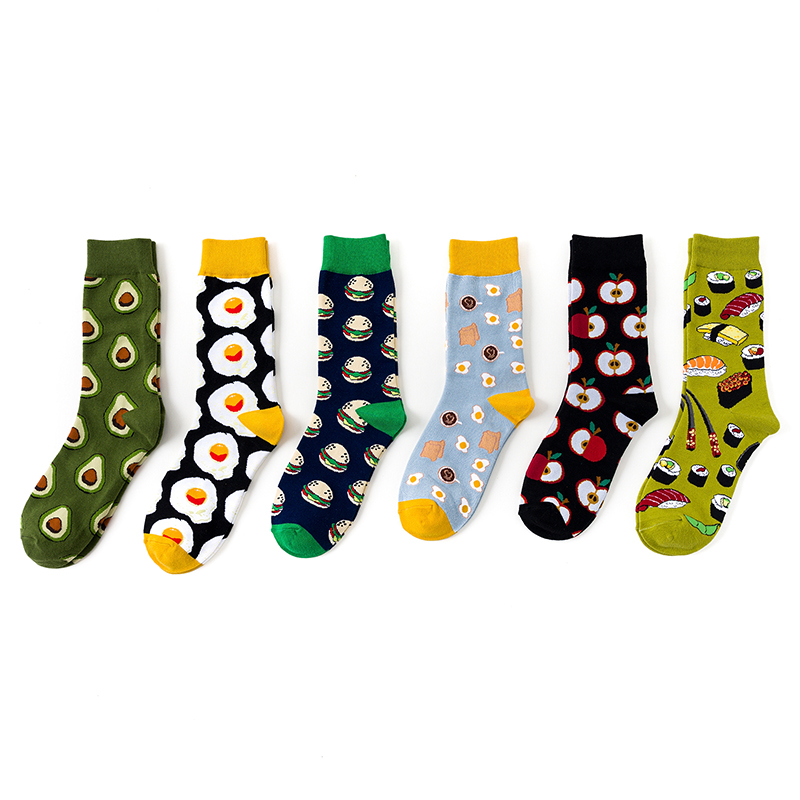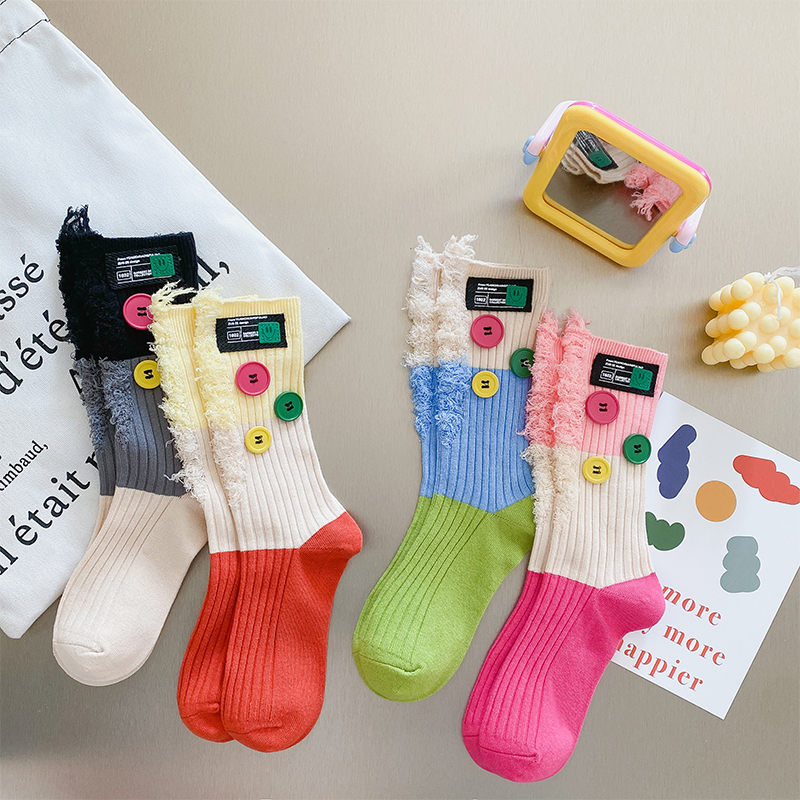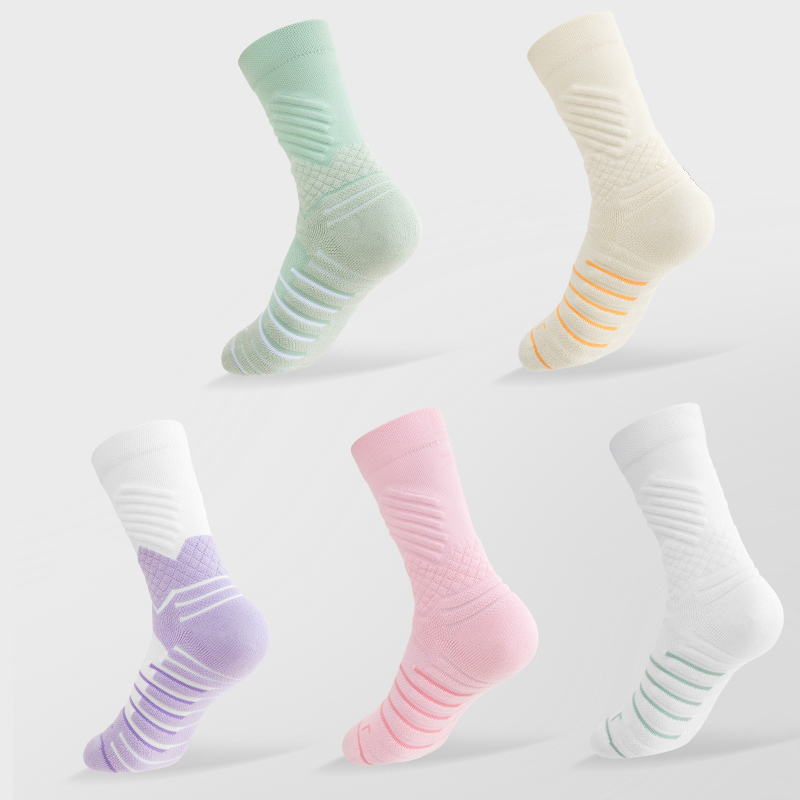Basketball places a high level of friction and impact on the feet. Quick changes of direction, sudden stops, jumping, and prolonged training sessions all put pressure on the skin and tissues of the feet, increasing the risk of blisters. The design and material of basketball socks directly impact the incidence of blisters. Choosing the right socks can provide protection during play and reduce the adverse effects of friction and humidity on the feet.
Highly moisture-wicking materials reduce moisture accumulation
One of the main causes of blisters is prolonged exposure to moisture. High-quality basketball socks are typically made from highly moisture-wicking materials, such as cotton blends, polyester, and functional Coolmax fabrics. Cotton blends are soft and breathable, absorbing surface sweat and reducing areas of moisture concentration. High-performance fibers like polyester and Coolmax wick away moisture quickly, moving it toward the sock's surface, keeping the foot dry and preventing moisture from softening the skin and increasing the risk of friction.
Zoneed cushioning reduces friction
Basketball socks feature zoned cushioning in key stress areas, such as the heel, forefoot, and arch, effectively reducing friction. Thickened cushioning absorbs impact during play while reducing direct friction between the sock and shoe. High-performance basketball socks often feature cushioning zones of varying thickness at the heel and forefoot. This zoned weave provides localized protection, evenly distributing force to the foot and reducing the risk of blisters.
Seamless or flat-seam technology enhances comfort.
Traditional basketball socks have seams at the toes or heels, which can easily create friction points during play and cause blisters. Modern basketball socks often utilize seamless weaves or flat-seam technology, flattening or concealing the seams within the sock. This seamless design reduces raised friction and improves the fit. Flat-seam technology creates a smooth surface at the toes, reducing skin irritation during high-intensity exercise and effectively preventing blisters.
Elastic support maintains a snug fit.
Basketball involves frequent foot movement. If socks don't fit snugly, they can slip and bunch, increasing the risk of friction. High-quality basketball socks incorporate elastic support bands or compression features around the arch, ankle, and calf to ensure a snug fit. A snug fit reduces friction within the sock, stabilizes the foot, and reduces friction points within the shoe, thus preventing blisters from forming in the first place.
Highly breathable holes and mesh structures improve air circulation.
Increased foot temperature and sweat accumulation increase the likelihood of blisters. Basketball socks feature breathable holes or mesh structures in strategic areas, such as the instep, toes, and arch, to promote air circulation and improve heat dissipation. This breathable design not only allows moisture to escape quickly, but also reduces localized temperature, keeping the foot dry. The combination of breathability and cushioning minimizes the formation of blisters.
Functional fibers and antimicrobial treatments prevent skin irritation.
Perspiration and friction during prolonged exercise can lead to skin sensitivity and even infection, increasing the risk of blisters. High-end basketball socks often use antimicrobial fibers or antimicrobial treatments to inhibit bacterial growth and reduce skin inflammation. Antimicrobial materials combined with moisture-wicking properties provide a healthy environment for the foot, further reducing the risk of blisters.
Zoned pressure management optimizes force distribution
Basketball socks achieve zoned pressure management through varying thickness and elasticity in the heel, forefoot, and arch areas. This even pressure distribution reduces friction at high-pressure points. Combined with cushioning and breathability, zoned pressure management maintains sock stability during play, minimizing slippage and localized friction, significantly reducing the risk of blisters.

 English
English
 Español
Español






